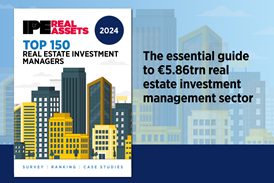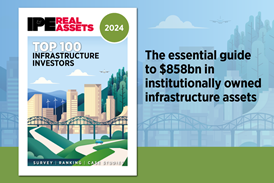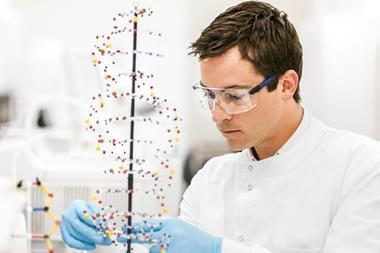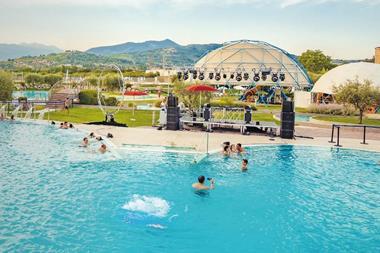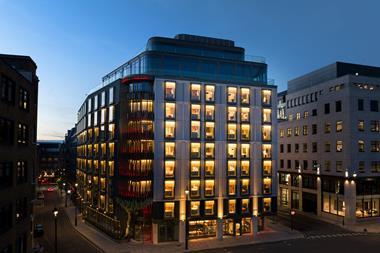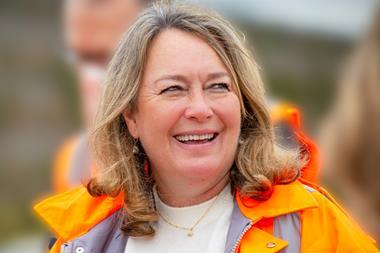The Central London site of famous diamond trader De Beers is being seen as the first opportunistic/value-add asset to hit the market in the UK capital since Brexit, writes Robin Marriott in his Private Equity Letter published in PropertyEU Magazine.

By the time you read this, it is likely a buyer will have been selected for the De Beers site in Farringdon, Central London.
The company synonymous with the diamond trade is selling its HQ at 17 Charterhouse Street and two buildings behind it with 100% vacant possession, making this deal unique in Central London right now. There is no other property available in Central London like this and it is being seen as the first opportunistic/value-add asset here since Brexit.
Bidders have had to financially model returns for three empty buildings to be acquired for £80-100 mln (€90-112 mln), factoring in capex for a light or heavy office refurbishment/redevelopment and rent assumptions for such a scheme to be developed in two or three years when the UK’s position vis-à-vis Europe remains extremely unclear.
With this level of risk, one can see why US opportunity funds are in the mix, hoping that by taking a calculated risk they can deliver high teen or 20%-plus returns. It isn’t just an opportunity for value-add and opportunistic funds though. Plenty of other private capital has come in, including from Asia, no doubt bolstered by the fact that UK property is basically 10% cheaper thanks to the weaker pound.
There is no question in my mind that De Beers’ selling agent – BNP Paribas Real Estate – would have been able to achieve a higher price for its client before the Brexit vote in June. While for secure, long income-stream assets, the Central London investment market is basically functioning normally again, there is a Brexit discount to be applied for short-to-no income-producing assets. Some have suggested a £100 mln price tag for the De Beers site floated pre Brexit was a bit toppy and is far too much now. Indeed, I am hearing of second-round bids of circa £80-90 mln. A UK-focussed, value-add/opportunity fund that I know did not get past the first round, which tells you something about what it was willing to pay for the risk-return profile.
Timing is everything
This sale comes at a sensitive time when most people seem to believe London will be net damaged by leaving Europe. All the opportunity funds here have been busy using their contacts within banks to find out what they will do. Anecdotal evidence suggests a potential weakening of the financial tenant base in London if contingency plans to redeploy people outside the UK are carried out. As Anuj Mittal of Angelo, Gordon & Co said at a recent Nabarro’s real estate seminar, the banks are creating ‘optionality’. A bank he knows is adding desks in Frankfurt though nobody has actually moved (yet).
While we have to see how this plays out, the eventual buyer of the De Beers HQ will carry on regardless. The fascinating thing about major cities like London is that no matter what is happening as an overarching theme, specific investments can be underwritten from a very local standpoint. Instead of thinking about the De Beers sale as a test of Central London, one can also consider it a bet on the Farringdon market. In this area, Goldman Sachs is building its new London HQ. Farringdon is also a technology, media and entertainment hub, with Google Ventures, Skype, Warner Brothers, Saatchi & Saatchi, and a host of start-ups being present. Plus, from 2018 the infrastructure will get a huge boost as Farringdon station becomes a major interchange between Thameslink, Crossrail and the London Underground. How does one factor in Brexit with this local dynamic?! Maybe you don’t.
It is true that for opportunistic buyers that have faith in acquiring something with short or no income in Central London, this is a risky proposition. However, you could also believe they have found a diamond in the rough. Whoever buys the site, one thing is for sure: when De Beers moves out in April/May 2017 it will be the end of an era. It has occupied the site since the early 1930s, but time has caught up with it. De Beers’ parent company, Anglo American, decided earlier this year to sell the HQ as part of a major cost-cutting exercise following a $5.4 bn (€5 bn) loss in 2015 amid weak commodity prices. 17 Charterhouse Street used to be the place where De Beers sorted its diamonds but that operation was moved to Botswana’s capital a few years ago. The plan is for remaining non-diamond sorting staff to transfer to Anglo American’s offices in Carlton House Terrace near St James’s Park. Good luck to them and to the buyer of De Beers’ HQ!
Robin Marriott is the former editor of Private Equity Real Estate
